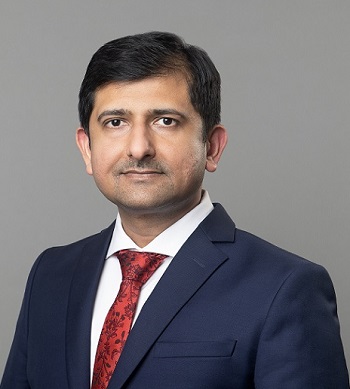 Know latest progress of Kolkata Metro Expansion, 20 km length stuck over land issues
Know latest progress of Kolkata Metro Expansion, 20 km length stuck over land issues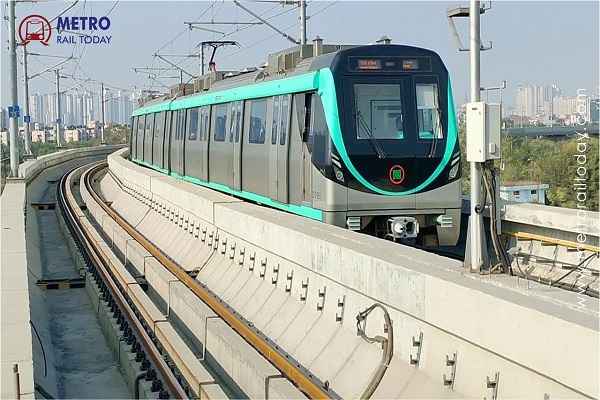 Ayesa India wins Design Consultancy Contract for Noida Metro Aqua Line Extension
Ayesa India wins Design Consultancy Contract for Noida Metro Aqua Line Extension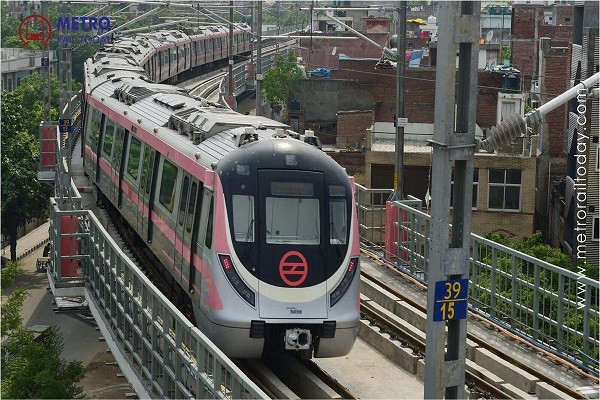 Vossloh Cogifer bags Track Infrastructure Contract for Delhi Metro Phase 4 Corridors
Vossloh Cogifer bags Track Infrastructure Contract for Delhi Metro Phase 4 Corridors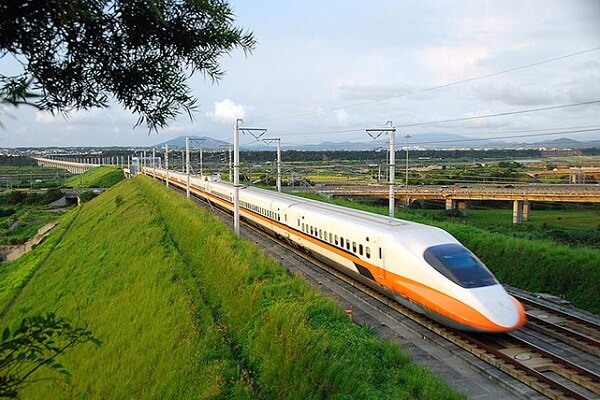 Railway finalised revised alignment for ₹16,000-crore Pune–Nashik Semi High-Speed Rail Corridor
Railway finalised revised alignment for ₹16,000-crore Pune–Nashik Semi High-Speed Rail Corridor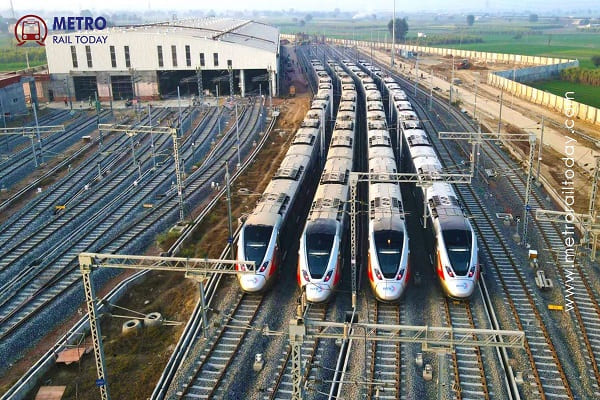 India’s First High-Speed, Signalling-Integrated CMV launched for Namo Bharat RRTS Corridor
India’s First High-Speed, Signalling-Integrated CMV launched for Namo Bharat RRTS Corridor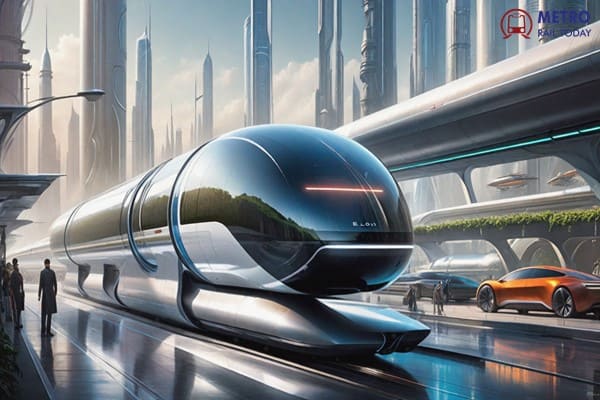 TuTr Hyperloop secures First-Ever Order from Deendayal Port Authority
TuTr Hyperloop secures First-Ever Order from Deendayal Port Authority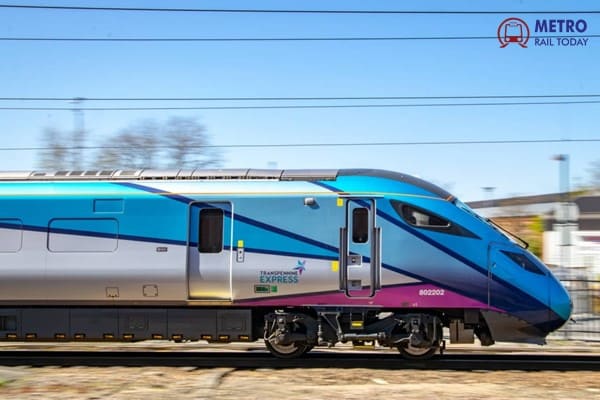 BEML bags ₹157 Crore Order from Loram Rail for Switch Rail Grinding Machines
BEML bags ₹157 Crore Order from Loram Rail for Switch Rail Grinding Machines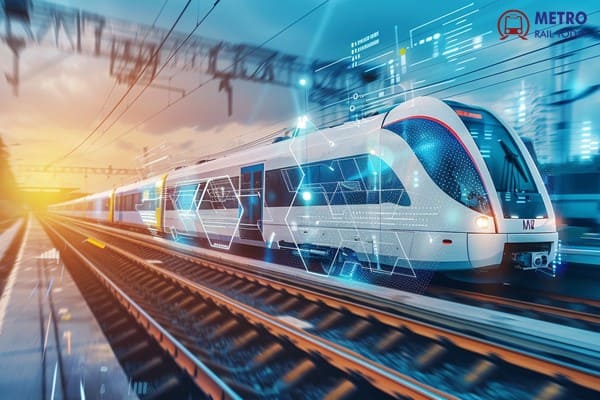 MxV Rail and KRRI forge Global Research Alliance to accelerate Next-Generation Rail Technologies
MxV Rail and KRRI forge Global Research Alliance to accelerate Next-Generation Rail Technologies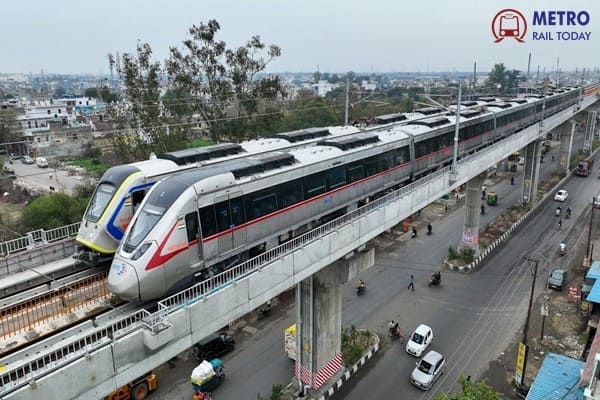 Uttarakhand seeks Pre-Feasibility Study for Meerut-Haridwar-Rishikesh RRTS Corridor
Uttarakhand seeks Pre-Feasibility Study for Meerut-Haridwar-Rishikesh RRTS Corridor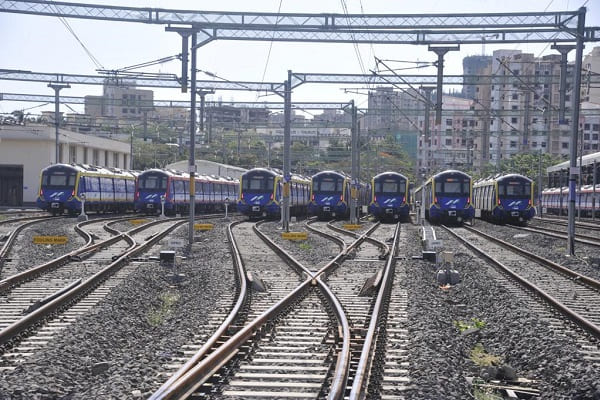 RIFTEK achieves major milestones in partnership with Indian Metro Rail Systems
RIFTEK achieves major milestones in partnership with Indian Metro Rail Systems
Metro Railways Transforming India’s Urban Transportation
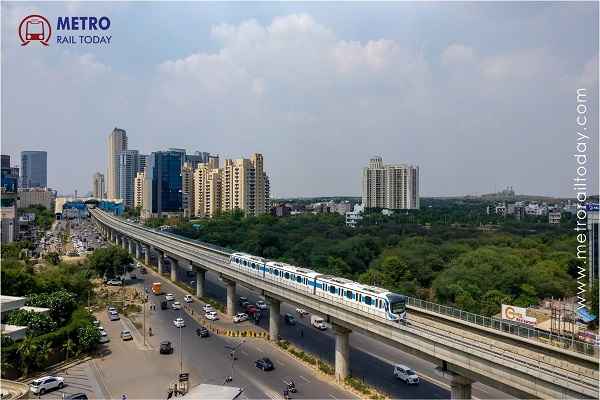
Growing urbanisation, demand for faster and interconnected travel are the drivers of a progressive economy. Focus on high performance, reliability and accuracy will help offer innovative solutions to the industry.
Metro rail will play a pivotal role in enhancing quality of life and economic growth of the cities and in times to come it will be crucial to partner such projects with global expertise and local know-how to help improve connectivity and public infrastructure.
Metros are turning into a terrific growth story in the country as more and more cities are developing their own metro networks. Even as the economy improves and the working population expands, metros offer a safe mode for urban transit. Multi-modal, integrated connectivity is one of the most sustainable and cost-efficient modes of moving people.
Mass Rapid Transport System (MRTS)
Urban mass transits are imperative for improved passenger experience. However, one of the significant challenges that the major cities across the country are currently facing is the need to have an excellent public transportation system. The explosive population growth coupled with rapid urbanisation has pushed most of the existing transportation network to their limits. However, there is no sign of stoppage of this relentless urban march of population. In addition to the more than half of the world's population currently living in cities, 2.5 billion more will start living in cities by 2050.
The solution is to go for a Mass Rapid Transport System (MRTS) like Metro, which has the advantages of being clean, rapid and efficient. Realising the immense benefits offered by the Metro railways, there has been an early surge in the development of Metro services across a lot of cities. Over the past decade, Metro rail projects have been sanctioned in over 13 cities. As of 2022, 874 km of Metro railways are operational across 15 cities in the country.
Traditionally, implementation of Metro rail projects have faced hurdles such as delays in finalisation of project design or realigning of tracks, acquisition of land, removal of encroachments, environmental and regulatory clearances, political conditions, lack of skilled manpower, lack of funding, cost overruns due to delay or route realignment.
Besides, there are significant economic costs associated with the construction of Metro railways. Thus, execution of a Metro project uses a substantial portion of the administrative and financial resources.
For addressing the issues, the government had come up with a new Metro Rail Policy in 2017. The new policy suggested new means of raising funds for Metro projects and providing last mile connectivity up to 5 km on both sides of the Metro. Initiatives like this by the government and technological innovations has opened up new frontiers and doors of possibility. Technological innovations like automation of Metro railways and remote monitoring improved signalling are revolutionising this mode of MRTS.
Technology Interventions
Two essential technology areas in Metros include electrification and signalling, which are witnessing revolutionary changes. In fact, changes in electrification and signalling are powering the transformation of the Metro railways in India.
For instance, DC traction power supply collected from third rail systems are now powering the metro lines. There is also a SCADA system to control and monitor the power supply of the entire system. A stray current monitoring system eliminates damages owing to stray current corrosion. Thus the cost of maintenance is lowered in such systems.
In the signalling division, there have been vast improvements over the years. The signalling system has seen a lot of evolution from its humble origins when it used to be manual. The signalling system now is based on Automated Train Operation over ETCS level 2.
Besides, Metro projects are now being executed in record time across major cities. Within 20 years, for example, Delhi Metro has become the fastest growing Metro system in the world. Additionally, Delhi Metro has adopted many innovative technologies like regenerative braking, automatic train control system along with its integration with other modes of transport across the city.
Siemens has recently partnered to provide cutting edge technologies to three key metro projects in Bengaluru, Kolkata and Pune. In Bengaluru, Siemens is implementing driverless train solutions for Bengaluru Metro Rail Corporation (BMRCL) that will improve capacity, punctuality, reliability, and provide enhanced safety for passengers.
The solution includes communications-based train control (CBTC) comprising of electronic interlocking, automatic train protection system, operation control for automatic train monitoring by train supervision system and telecommunication system. This is Siemens’ first CBTC project with the highest Grade of Automation – GOA4, where the train is automatically controlled without any manual intervention on board.
The company has successfully implemented an efficient power supply system with advanced passenger safety features for Kolkata Metro Rail Corporation (KMRCL). Kolkata East-West Metro Project, is a rapid transit system connecting Kolkata and Howrah. In addition, the solution includes state-of-the-art digital simulation of the entire metro rail-corridor in Kolkata. The recent additions have been Line 4 of Phase 1 and Line 3 and Line 6 of Phase 2 for Power Supply Systems.
A Joint Venture between TRIL Urban Transport (a Tata Group Company) and Siemens Project Ventures GmbH (subsidiary of Siemens Financial Services) under Public Private Partnership (PPP) route will develop the Metro corridor from Hinjewadi to Shivajinagar in Pune. The Joint Venture has formed a special purpose company called Pune IT City Metro Rail. The 23.3 km-long elevated Metro corridor connects Hinjewadi Rajiv Gandhi Infotech Park to Shivajinagar via Balewadi and would have 23 stations. This will be the first Metro project in India under the new Metro Rail Policy.
In Conclusion
Going forward, the growth of Metro railway will undoubtedly add to the infrastructure growth and lead to economic growth. While the network of Metro railways can act as an excellent means of mass transportation for the densely populated cities of the country, it needs to be integrated with other means of transportation to work to its fullest potential.
The Metro railway should complement the existing transportation network, and a passenger should have the freedom to interchange other modes of transportation with metro travel. It is also important to remove obstacles in the implementation and thus avoid time and cost overrun. One particular solution in this regard can be the implementation of turnkey solutions.
Digitisation, the involvement of private players, and new government policies are revolutionising the transportation landscape in urban areas. Going forward, however, there are still challenges that need to be addressed as India aims for the next leap in transportation and development.




